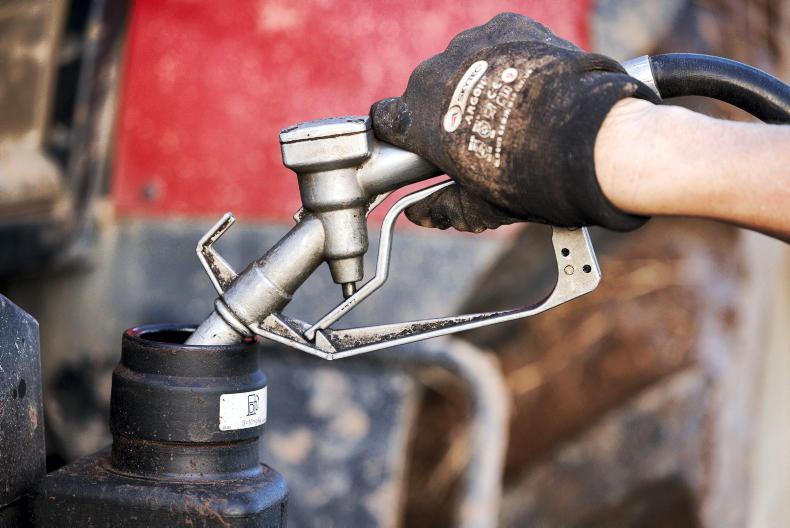When it comes to greenhouse gases (GHG), while other sectors focus on carbon dioxide, the agricultural sector focuses on methane and nitrous oxide.
This is because, together, these two gases contribute over 90% of total agricultural GHG emissions.
According to Teagasc, livestock and chemical nitrogen fertiliser are the main sources of GHG emissions on farms and there is a focus on reducing reliance on chemical N fertiliser.
Main strategies to reducing emissions
Teagasc has outlined a number of ways in which farmers can reduce emissions from nitrogen fertiliser.
First of all, getting soil fertility right is very important. Increasing soil pH from 5.5 to 6.3 can make up to 70kg N per ha per year available to the crop, as well as reducing nitrous oxide emissions per kg of N applied.
In terms of P and K indices, target index 3 for both P and K.
Applying slurry using low emissions slurry spreading (LESS) techniques between February and May is also important.
Slurry nitrogen replacement value can be increased (and ammonia emissions reduced) by between 25% and 50% through using dribble bar or trailing shoe technology.
Clover
The inclusion of clover or multispecies swards is another key strategy to reduce emissions from nitrogen fertiliser.
Clover has the potential to fix 80kg to 120kg N per ha per year, depending on soil fertility and sward management. Multispecies swards also offer additional benefits in terms of drought resistance and animal health.
Teagasc also recommends including legumes such as beans in a tillage rotation. Growing over-winter cover crops will reduce N leaching and incorporate organic manures.
Replacing CAN and urea with protected urea is another option to reduce emissions.
Protected urea is 30% cheaper than CAN or urea, delivers the same grass yield and can be used throughout the growing season within the regulated spreading period. According to Teagasc, it also reduces GHG emissions by 71%.










SHARING OPTIONS